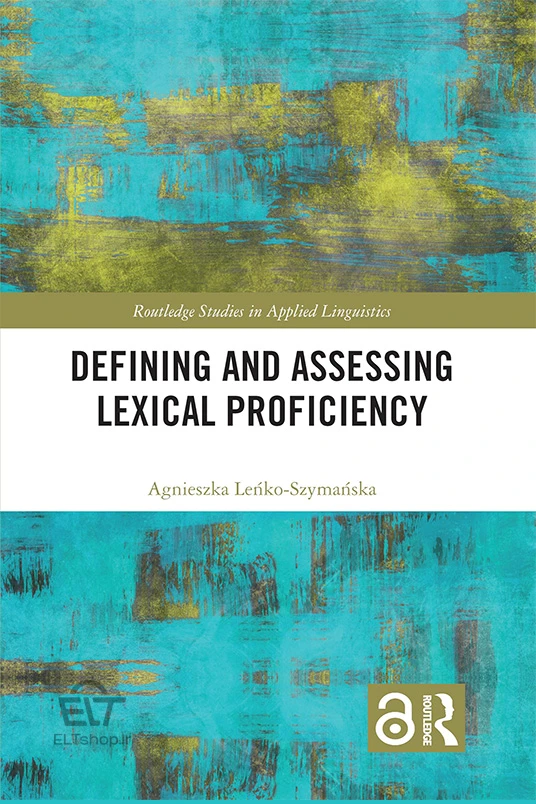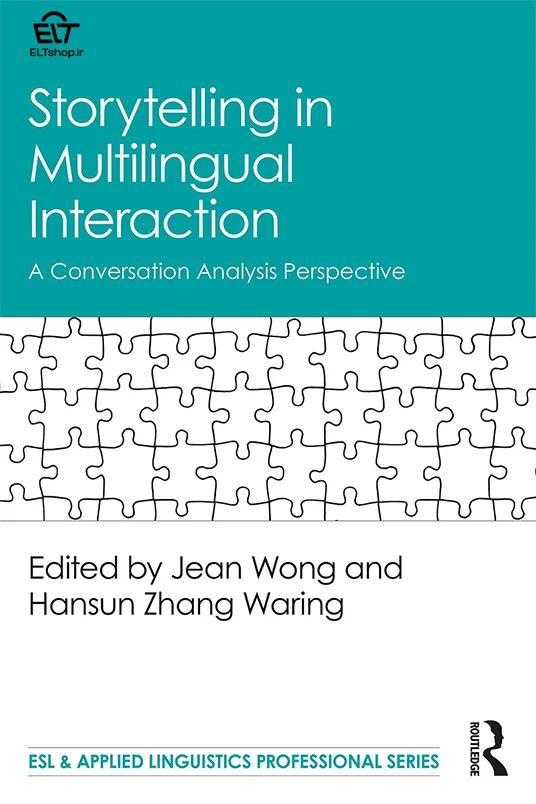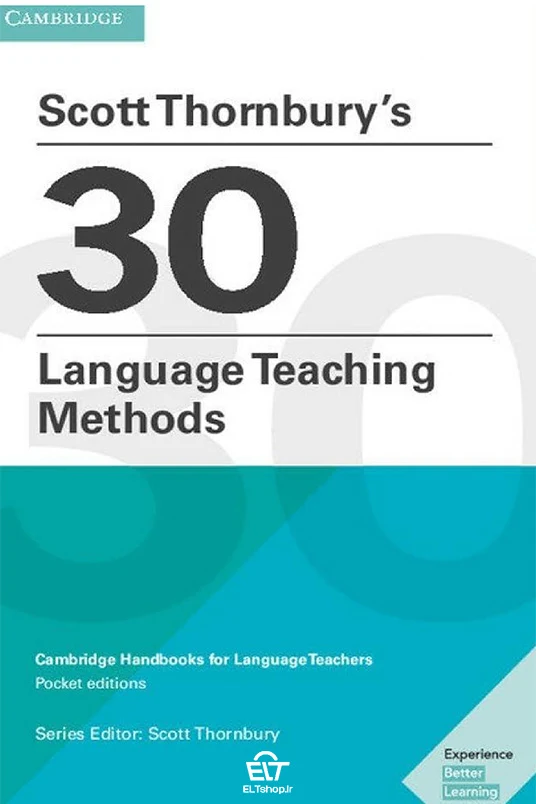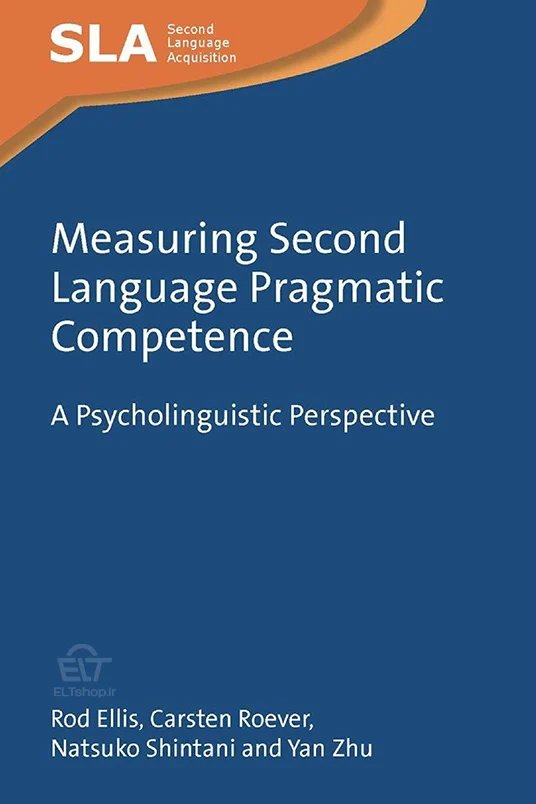کتاب «Defining and Assessing Lexical Proficiency» به بررسی جامع ارزیابی مبتنی بر عملکرد در سنجش مهارت واژگانی زبان دوم (L2) پرداخته و دو روش اصلی ارزیابی در این حوزه را تحلیل و مقایسه میکند و نشان میدهد که چگونه این روشها به ابعاد مختلف مدل توانایی و مهارت واژگانی پرداختهاند.
این کتاب با استفاده از جدیدترین پژوهشها در زمینه ارزیابی مبتنی بر عملکرد، به بررسی دقیق دو روش اصلی ارزیابی پرداخته است. این پژوهشها اخیراً بر استفاده از روشهای کمی برای دادههای زبان دوم تمرکز داشتهاند. کتاب بهطور نظاممند روش کیفی که بر ارزیابان انسانی تکیه دارد و روش کمی که از محاسبات آماری خودکار برای تحلیل واژگان و عبارات استفاده میکند را بررسی میکند. با مرور بهروز منابع علمی، ویژگیهای خاص هر دو روش بررسی شده و در کنار یکدیگر مقایسه میشوند تا یک دید جامع از ارزیابی مبتنی بر عملکرد، هم در سطح نظری و هم تجربی، ارائه شود.
ین نتایج در فصل پایانی کتاب به نمایش گذاشته میشوند و خلاصهای از یک مطالعه تجربی را ارائه میدهند. این مطالعه به تحلیل گستردهای از ویژگیهای واژگانی و عبارتی پرداخته و نمرات ارزیابان انسانی را بر روی بیش از ۱۵۰ مقالهای که توسط زبانآموزان انگلیسی و گویشوران بومی نوشته شده، بررسی میکند. این یافتهها به چالش کشیدن روندهای موجود در این حوزه را نشان میدهند که سعی دارند از یک روش برای تأیید روش دیگر استفاده کنند و ظرفیت این روشها را در نشان دادن جنبههای مختلف تسلط واژگانی تأیید میکنند. بدین ترتیب، راهی برای مفهومسازی بهتر ارزیابی مبتنی بر عملکرد در زمینه واژگان زبان دوم فراهم میآید.
این کتاب برای دانشجویان و پژوهشگرانی که در زمینه یادگیری زبان دوم و پژوهشهای زبانشناسی کاربردی فعالیت دارند، بهویژه کسانی که به مسائلی همچون ارزیابی، فراگیری واژگان و مهارت زبانی علاقهمند هستند، مفید خواهد بود.
This detailed exploration of performance-based assessment of second language (L2) lexical proficiency delves into and contrasts two key evaluation methods used in the field. It examines how each method addresses distinct aspects of a specific model of lexical competence and proficiency.
The book draws upon the latest findings in performance-based assessment, with recent emphasis on applying quantitative measures to L2 data. It systematically explores both the qualitative approach, which relies on human evaluators in assessment tasks, and the quantitative approach, which involves automatic statistical analysis of lexis and phraseology. Through a thorough review of current literature, it highlights the unique aspects of each method and offers a comparative perspective to present a comprehensive view of performance-based assessment at both theoretical and empirical levels. In the final chapter, the findings are illustrated with an empirical study that evaluates various lexical and phraseological features, alongside the ratings of over 150 essays by both L2 English learners and native speakers. The book challenges prevailing practices in the field that attempt to validate one method using the other, arguing that each approach reveals different facets of lexical proficiency. This offers a more refined understanding of how to conceptualize performance-based assessment of L2 vocabulary in the future.
This book is an essential resource for students and researchers in second language acquisition and applied linguistics, especially those focused on assessment, vocabulary development, and language proficiency.





